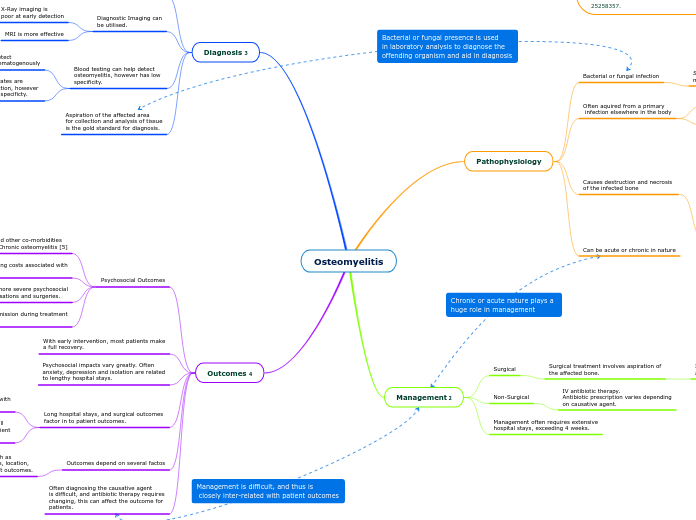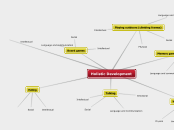Angelman Syndrome
conclusion
Angelman Syndrome is a gentic disorder that causes devolpmental disabilities, such as difficulty speaking,balancing, and walking. Frequent smiles and outbursts of laughter are common in for people with this disorder. If your child has this condition, you may not see any signs at birth. Also, it usually isn't detected until parents begin to notice development delays when the baby is about 6 to 12 months. Treatment for Angelman Syndrome focuses on managing the child's medical and developmental problems
How is it diagnosed and treated/ treastments?
Comfirming a diagnosis od Angelman Sndrome requires taking a blood sample from your child for genetic studies. Some treatments, scice there is no cure, docters may do the following: -Anti seizure medication -Physical, communication, and behavior therapy
What is the life expectancy?
For people who have this genetic disorder have a normal life expectancy. With out a doubt, that is pretty good for this condition.
What is your personal opinion?
It's expected to be hard to live with this disorder because of how your always so happy and you have no idea why you are. Also, this wuld be so hard to live with it... not understanding your diffrence.
Any other facts?
It affects about 1 in 12,000 to 20,000 people
What is the cause?
Angelman Syndrome is a genetic disorder. It's most often caused by a gene located on chromosome 15 called the ubiquiten-protien ligase E3A gene.
What are the symptoms?
-seizures, around 2 to 3 years of age
-stiff jerky movements, toungue thrusting, and walking with arms in the air
-crossing of eyes, lower jaw sticks out, and has a light pigmentation in hair, skin, and eyes









